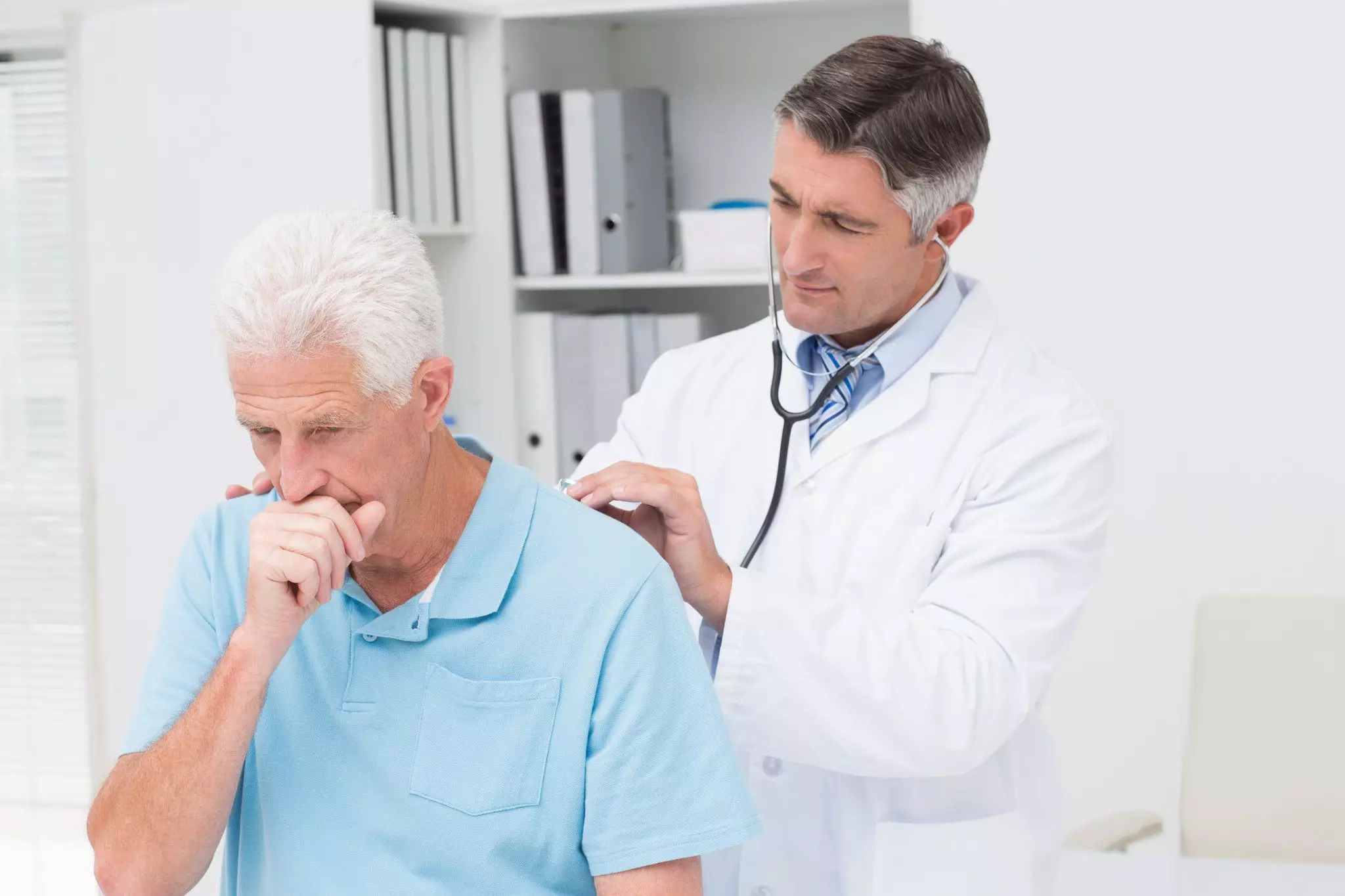Introduction
Walking pneumonia, medically known as Mycoplasma pneumonia, is a relatively mild form of pneumonia that typically doesn’t require bed rest or hospitalization, hence the term “walking.” Despite its less severe nature compared to typical pneumonia, understanding its symptoms, causes, and treatment is crucial for effectively managing this condition. Explore More About Health Problems And Their Solutions ( POTS Syndrome)
What is Walking Pneumonia?
Walking pneumonia is a type of lung infection caused by the bacteria Mycoplasma pneumoniae. Unlike typical pneumonia, which is often caused by bacteria or viruses, walking pneumonia is primarily caused by a specific type of bacteria called mycoplasma. This bacterium is unique because it lacks a cell wall, making it resistant to certain antibiotics and allowing it to infect the respiratory tract more easily.

Symptoms of Walking Pneumonia
The symptoms of walking pneumonia can vary from person to person but often include:
1. Persistent Cough
A persistent cough is one of the hallmark symptoms of walking pneumonia. It may start as a dry cough but can eventually produce mucus or phlegm.
2. Sore Throat
Many individuals with walking pneumonia experience a sore throat, which may be accompanied by discomfort or pain when swallowing.
3. Fatigue
Fatigue is common in individuals. It can range from mild to severe and may interfere with daily activities.
4. Low-grade Fever
While some individuals with may experience a fever, it is typically low-grade and may not be present in all cases.
5. Shortness of Breath
Shortness of breath or difficulty breathing may occur, particularly during physical activity or exertion.
6. Chest Pain
Chest pain may occur due to inflammation in the lungs or irritation of the chest wall.

Causes of Walking Pneumonia
primarily caused by the bacterium Mycoplasma pneumoniae. This bacterium is highly contagious and can be spread through respiratory droplets from coughing, sneezing, or close contact with an infected individual. It is most common in crowded or enclosed environments such as schools, dormitories, or military barracks.
Diagnosis and Treatment
Diagnosing often involves a combination of physical examination, medical history, and diagnostic tests, such as a chest X-ray or blood tests. Treatment typically includes antibiotics to target the underlying bacterial infection. However, it’s essential to note that some strains of Mycoplasma pneumoniae may be resistant to certain antibiotics, so your healthcare provider may need to prescribe alternative medications.
In addition to antibiotics, supportive care measures such as rest, staying hydrated, and over-the-counter medications to relieve symptoms such as fever or cough may also be recommended. In severe cases or for individuals with underlying health conditions, hospitalization may be necessary for closer monitoring and intravenous antibiotics.

Prevention Strategies
Preventing walking pneumonia involves practicing good respiratory hygiene and avoiding close contact with individuals who are sick. Additionally, practicing good hand hygiene by washing hands frequently with soap and water or using hand sanitizer can help reduce the spread of respiratory infections. Vaccines are available for certain types of pneumonia, but they may not protect against all causes,
Walking Pneumonia vs. Typical Pneumonia
| Aspect | Walking Pneumonia | Typical Pneumonia |
|---|---|---|
| Causative Agent | Mycoplasma pneumoniae | Various bacteria and viruses |
| Severity | Mild | Moderate to severe |
| Hospitalization | Rarely required | Often requires hospitalization |
| Symptoms | Persistent cough, sore throat, fatigue, low-grade fever, shortness of breath, chest pain | High fever, chills, severe cough, chest pain, difficulty breathing |
| Transmission | Respiratory droplets | Respiratory droplets or direct contact with infected individuals |
| Treatment | Antibiotics (may require specific antibiotics) | Antibiotics and supportive care |
| Prevention | Good respiratory hygiene, avoiding close contact with sick individuals, hand hygiene | Vaccination, good respiratory hygiene, avoiding sick individuals |
Conclusion
Walking pneumonia, caused by the bacterium Mycoplasma pneumoniae, is a mild form of pneumonia that can cause persistent cough, sore throat, fatigue, and other symptoms. While it typically doesn’t require hospitalization, prompt diagnosis and treatment are essential to prevent complications and reduce the spread of infection. By understanding the symptoms, causes, and treatment options for , individuals can take proactive steps to protect their health and well-being. If you suspect you may have or are experiencing symptoms, it’s essential to consult with a healthcare professional for proper evaluation and management.




